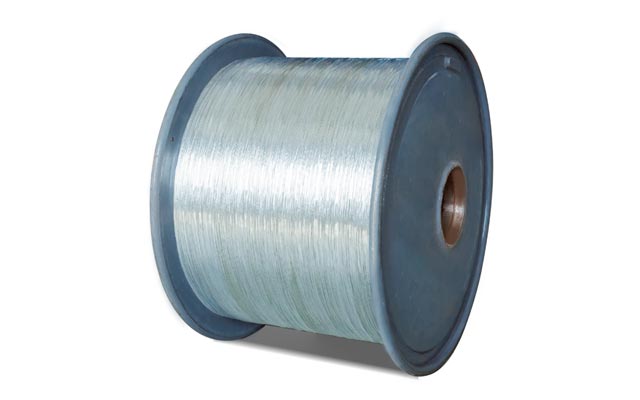Symbol TCPurity /Size 0.016-4.000 mmType Composite wireElongation ≥6%Tensile ≥353 Mpa
Tinned Copper Wire
Tin plated copper wire, also known as tin plated round copper wire or tin plated copper conductor, is a composite wire coated with a layer of tin metal on the surface of high-purity copper wire through electroplating or hot-dip coating process. Its core function is to protect the copper core from oxidation and corrosion through a tin layer, while improving soldering performance and conductivity stability. Tin plated copper wire is widely used in the fields of electronics, power, and communication.
Core Features
Antioxidant properties: The tin layer isolates copper from contact with air, preventing copper oxidation and the formation of green copper rust (alkaline copper carbonate).
Corrosion resistance: resistant to salt spray, weak acid, and sulfurization environments, suitable for humid or industrial pollution scenarios.
Weldability: Tin has a low melting point (232 ° C) and is easy to bond with solder (such as Sn Pb alloy), resulting in high welding efficiency.
Conductivity: The conductivity of tin (9.17 × 10 ⁶ S/m) is about 15% of that of copper, but the coating is extremely thin (1-5 μ m), and the overall increase in resistance can be ignored.
Flexibility: After annealing, the elongation of tinned copper wire can reach 20%~30%, suitable for complex wiring scenarios.
Manufacturing Process
The production process of tinned copper wire includes copper material preparation - pretreatment - tin plating - post-treatment - testing. Specifically, as follows:
Copper Wire PreparationDrawing: Electrolytic copper rod is drawn through multiple passes to the target diameter (0.05~6mm), with a surface smoothness Ra ≤ 0.2 μ m.
Annealing: Heat to 400-600 ° C under nitrogen protection to eliminate cold work hardening and enhance flexibility.
PretreatmentOil removal: Alkaline solution (NaOH+Na ₂ CO ∝) is used to remove oil and grease from the surface of copper wires.
Acid washing: Use dilute sulfuric acid (10%~20%) or fluoroboric acid to activate the copper surface and enhance the adhesion of the coating.
Tin Plating ProcessPre nickel plating (optional): Pre plating a 0.1~0.5 μ m nickel layer on the copper surface to enhance high temperature resistance.
Tin plating: Acidic plating solution: SnSOx 40-80g/L, sulfuric acid (H ₂ SOx) 50-100g/L, current density 1-3A/dm ², temperature 20-30 ° C.
Post ProcessingCooling: Water or air cooling to solidify the coating.
Drawing and shaping: By drawing with a mold, adjust the wire diameter and improve the surface smoothness.
Passivation: Chromate solution treatment to prevent tin layer from oxidizing and yellowing.
Quality InspectionCoating thickness: detected by X-ray fluorescence (XRF) or Coulomb method, with an error of ± 0.1 μ m.
Adhesion: Tape peeling test (ASTM B571), no peeling of coating.
Solderability: Solder wetting test (IPC-J-STD-002), solder joint coverage ≥ 95%.
Tinned Copper Wire List
| Diameter |
Tolerance |
Elongation |
Tensile Strength |
| 0.016-0.050 mm |
±0.002 mm |
≥6% |
≥415 MPa |
| 0.050-0.125 mm |
±0.003 mm |
≥10% |
≥415 MPa |
| 0.125-0.400 mm |
±0.004 mm |
≥12% |
≥415 MPa |
| 0.400-4.000 mm |
±1% |
≥20% |
≥353 MPa |
Tinned Copper Wire Application
When tin plated copper wire is used in the production of insulated wires and cables, tin plated copper wire serves as a protective layer to prevent chemical or physical reactions between the insulation layer and the copper wire, resulting in increased resistance, decreased mechanical strength, brittle copper wire, hardened and cracked rubber, and short service life. It has the advantages of easy peeling during use, good welding performance, and good wear and corrosion resistance. It is mainly used in the following situations:
1. Conductive wire cores used for manufacturing insulated wires and cables, wire cores, mining cables, flexible wires, marine cables, etc;
2. Aviation cables;
Small diameter flexible wires;
3. Used for signal transmission lines;
4. Electronic component leads.


